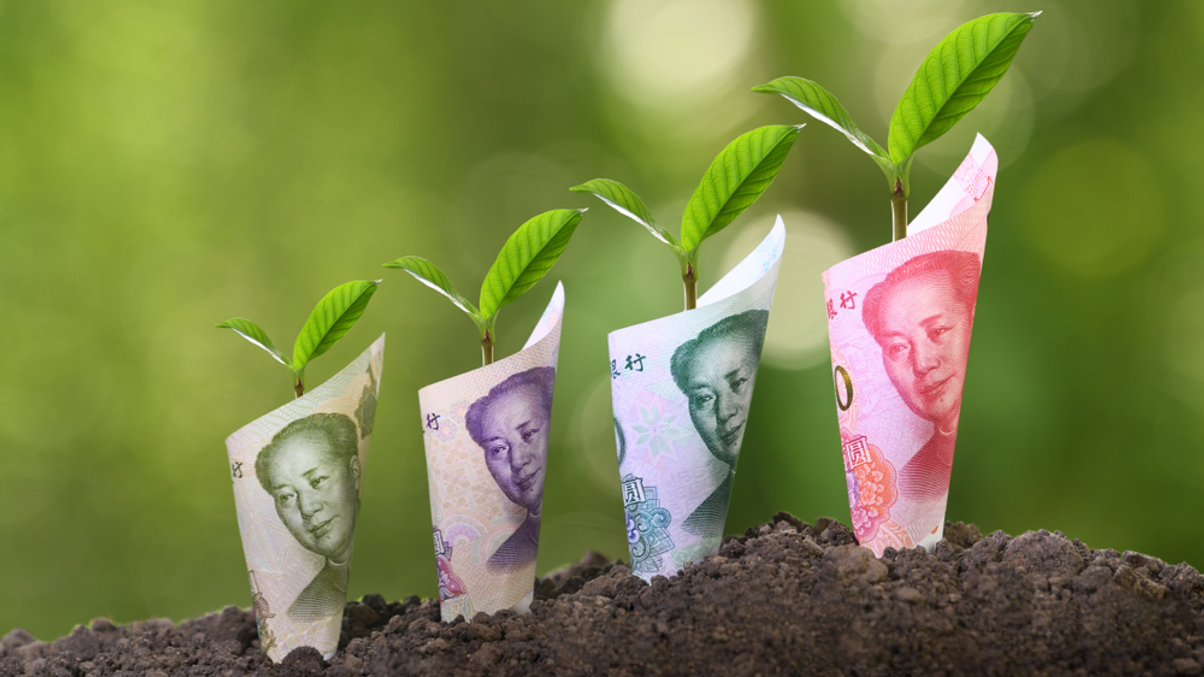Chinese asset owners adopting a more systematic roadmap towards net zero
Although more guidelines are in place, Chinese asset owners are awaiting clearer regulation on the “how” - including disclosure standards - of the country’s net zero transition.

Chinese asset owners are showing signs of taking a more systematic approach to ESG with China's sovereign wealth fund and an industry regulator recently releasing methodologies that are paving the way towards sustainable finance.
Sign in to read on!
Registered users get 2 free articles in 30 days.
Subscribers have full unlimited access to AsianInvestor
Not signed up? New users get 2 free articles per month, plus a 7-day unlimited free trial.
¬ Haymarket Media Limited. All rights reserved.


